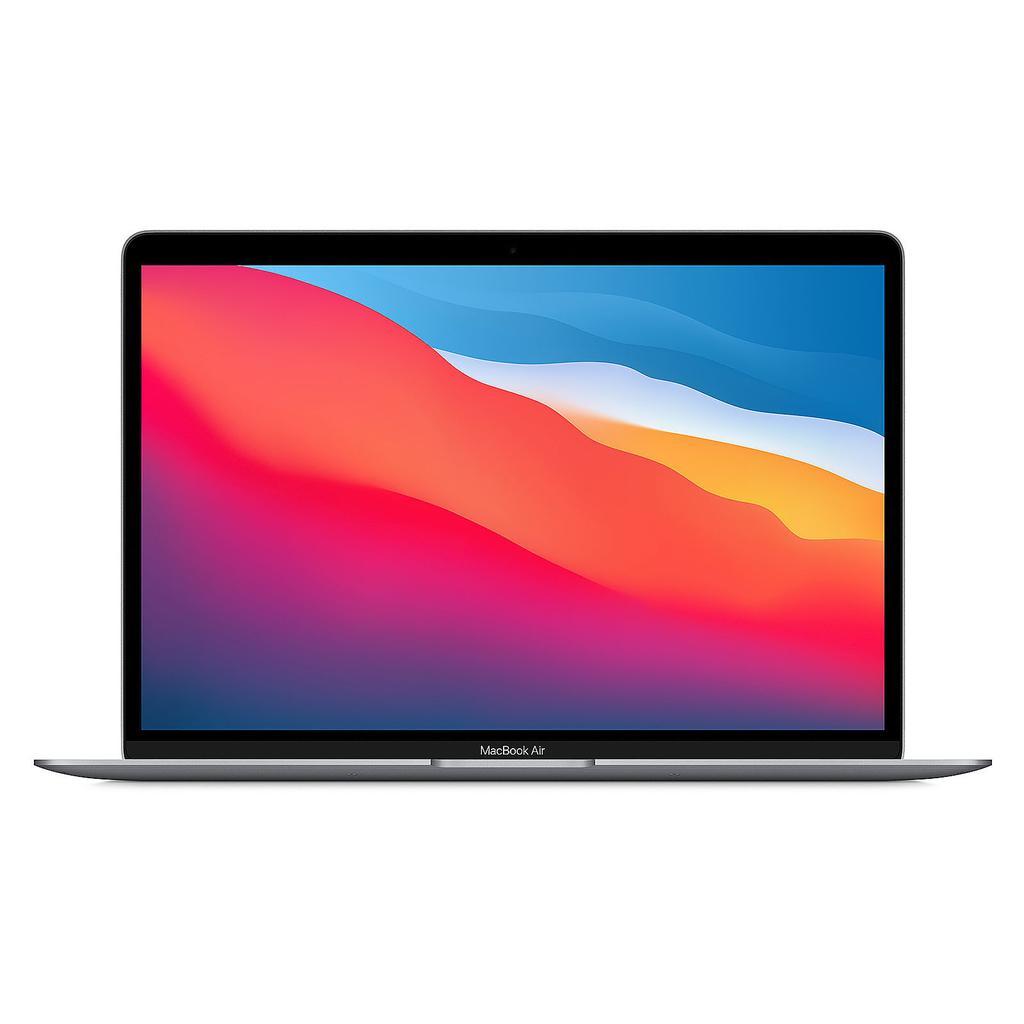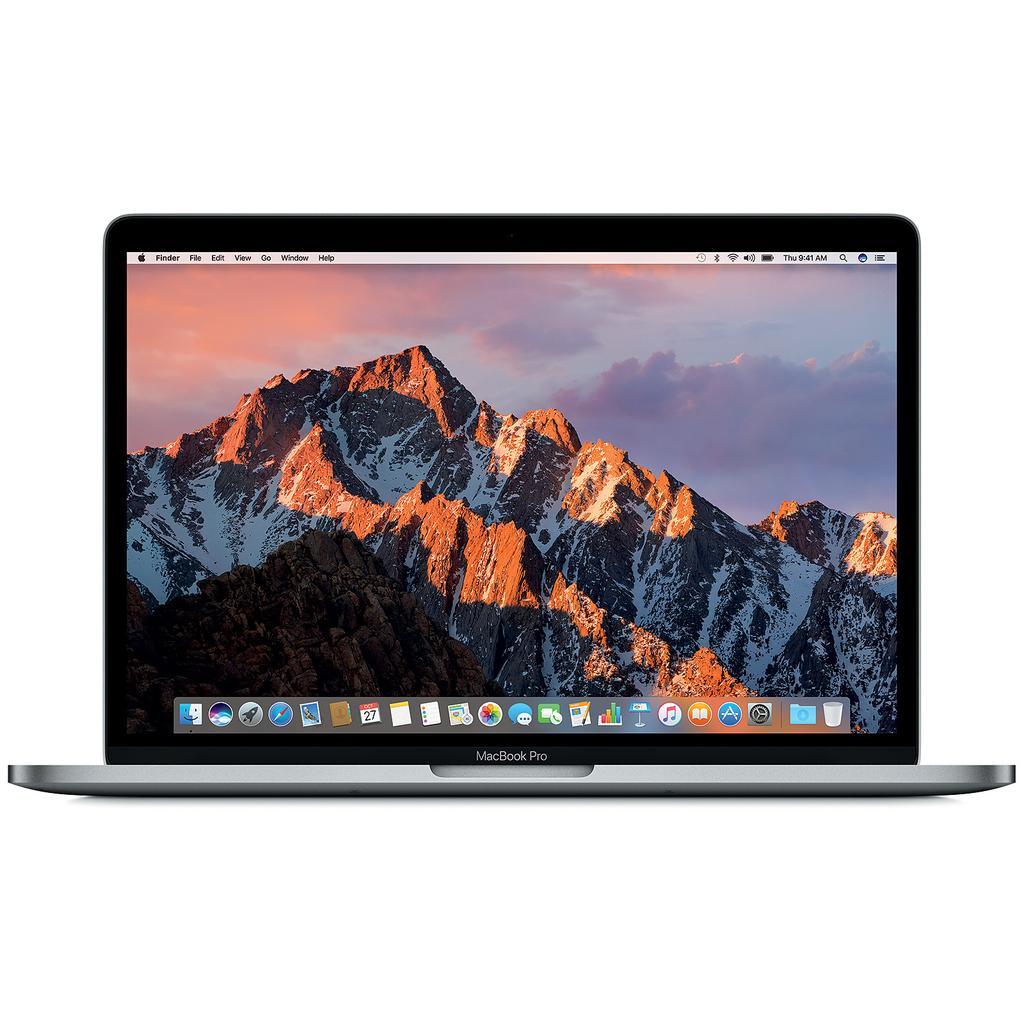The ability to use your iPhone as a personal hotspot can be a great way to stay connected when you’re away from home or don’t have access to reliable Wi-Fi. With the right setup, you can quickly and easily connect your laptop to the same mobile internet connection that your iPhone is using, allowing you to browse the internet on both devices simultaneously. In this guide, we’ll discuss how to use an iPhone as a hotspot to connect your laptop (or other device) to the internet.
Personal Hotspot Feature
When you’re out and about and don’t have access to Wi-Fi, or if you don’t want to pay for data on your phone plan when you’re on the go, the personal hotspot feature is a lifesaver. Basically, it turns your iPhone into a mobile internet connection for other devices.
To use this feature, you’ll need to connect your iPhone to another device either via a Wi-Fi based tethering, Bluetooth, or USB cable. If the cellular data is not enabled, the feature will not appear in your iPhone’s settings. However, most carriers do allow you to use this feature if you’re willing to risk using up your monthly data allotment.
Another thing to keep in mind is that using a personal hotspot will use up your mobile data plan. So if you’re travel hungry and want access to the internet without resorting to expensive hotel room rates, a personal hotspot might be worth checking out.
How to Hotspot iPhone to Laptop
1. Open the Settings app on your iPhone and select “Personal Hotspot”. Turn on the feature by tapping the toggle switch next to “Personal Hotspot”.
2. On your laptop, locate and connect to the Wi-Fi network that is being broadcast by your iPhone. Depending on your laptop, you may find this network connection under “Available Networks” or in the list of “Wi-Fi Networks”. The name of the network will usually start with either “iPhone” or have a long series of numbers after it.
3. Once connected, open your browser and begin surfing the web as normal. To ensure that no one else can connect to your hotspot, make sure to enable security features like password protection or encryption on your iPhone’s settings page for Personal Hotspot
4. When you’re finished using the internet connection, turn off Personal Hotspot from within the Wi-Fi section of Settings on your iPhone and disconnect from the network on your laptop as well.
If you’re having trouble getting your iPhone hotspot to work with your laptop, don’t worry. There are a few steps you can take to troubleshoot the issue and get your connection up and running again.
What to do if iPhone hotspot to laptop is not working?
1. Make sure that Personal Hotspot is turned on in the Settings app on your iPhone.
2. Verify that you have an active internet connection on both devices – check for bars next to the cellular service logo in the upper-left corner of your iPhone’s screen, or try opening a web page from Safari or another browser.
3. Restart both devices – turn off and then back on the Wi-Fi on your laptop as well as restarting your iPhone by holding down the Power button until “slide to power off” appears and then sliding it over.
4. Check to make sure that any security settings, such as passwords or encryption, are set up correctly on both devices – if necessary, reset them and try entering them again on both devices.
5. Try connecting via USB cable instead of Wi-Fi, which may be more reliable than wireless connections in some cases – make sure to open iTunes if it doesn’t automatically pop up when you plug in the cable, as this will help establish a connection between the two devices more quickly and easily.
Change iPhone Hotspot Password
Changing the password of your personal hotspot on iPhone is a quick and easy way to fix any problems that might arise. It’s something you should consider whenever your hotspot isn’t working correctly or it appears to be running slow. To do this, go to the Settings app, tap on Personal Hotspot, then tap on Wi-Fi Password. You can then change the password and make sure it’s secure yet easy to remember.
By changing the password of your personal hotspot, you can rest assured that it will be secure and all data sent via your device will be encrypted when sent over public networks. Also, if someone was trying to access your device remotely, they would have difficulties because of the new password you set. It’s important to keep in mind that changing the password for your personal hotspot also changes the SSID – which stands for Service Set Identifier – so make sure you take note of this when setting up connections with other devices.
Run Internet Connections Troubleshooter
The Internet Connections troubleshooter is a great way to solve problems like iPhone hotspots not working. It can be found in Windows 10 by going to Settings > Update & Security > Troubleshoot > Additional troubleshooters and clicking on Internet Connections. Afterwards, you can click Run the Troubleshooter. In Windows 10, you can also find this feature by going to Settings > System > Troubleshoot > Other troubleshooters and then selecting Internet Connections from the list of options. When you have clicked Run, the troubleshooting process will begin. It may recommend that you update your drivers or reset some settings, so make sure that you are prepared to do this if the software suggests it.
Overall, running an Internet Connection Troubleshooter is a great way of eliminating connection issues with your laptop and iPhone hotspot setup. While it cannot necessarily fix every problem that might exist, it is certainly worth trying if you are stuck with an issue related to connecting to the internet through your iPhone hotspot. Even if nothing has changed after running the troubleshooter, at least it serves as a good indicator as to what might be responsible for your connection issues.
Conclusion
In conclusion, setting up an iPhone hotspot to your laptop can be a great way of taking advantage of the internet connectivity on the go. To do this, you will need to make sure that both devices have an active internet connection and restart them. You should also check any security settings, such as passwords or encryption, and try connecting via USB cable instead of Wi-Fi connection. Additionally, changing the password of your personal hotspot on iPhone is a quick and easy way to fix any potential issues. Finally, running an Internet Connections Troubleshooter is also a great way of eliminating any connection issues with the setup.







